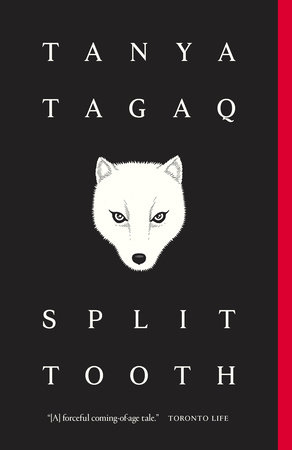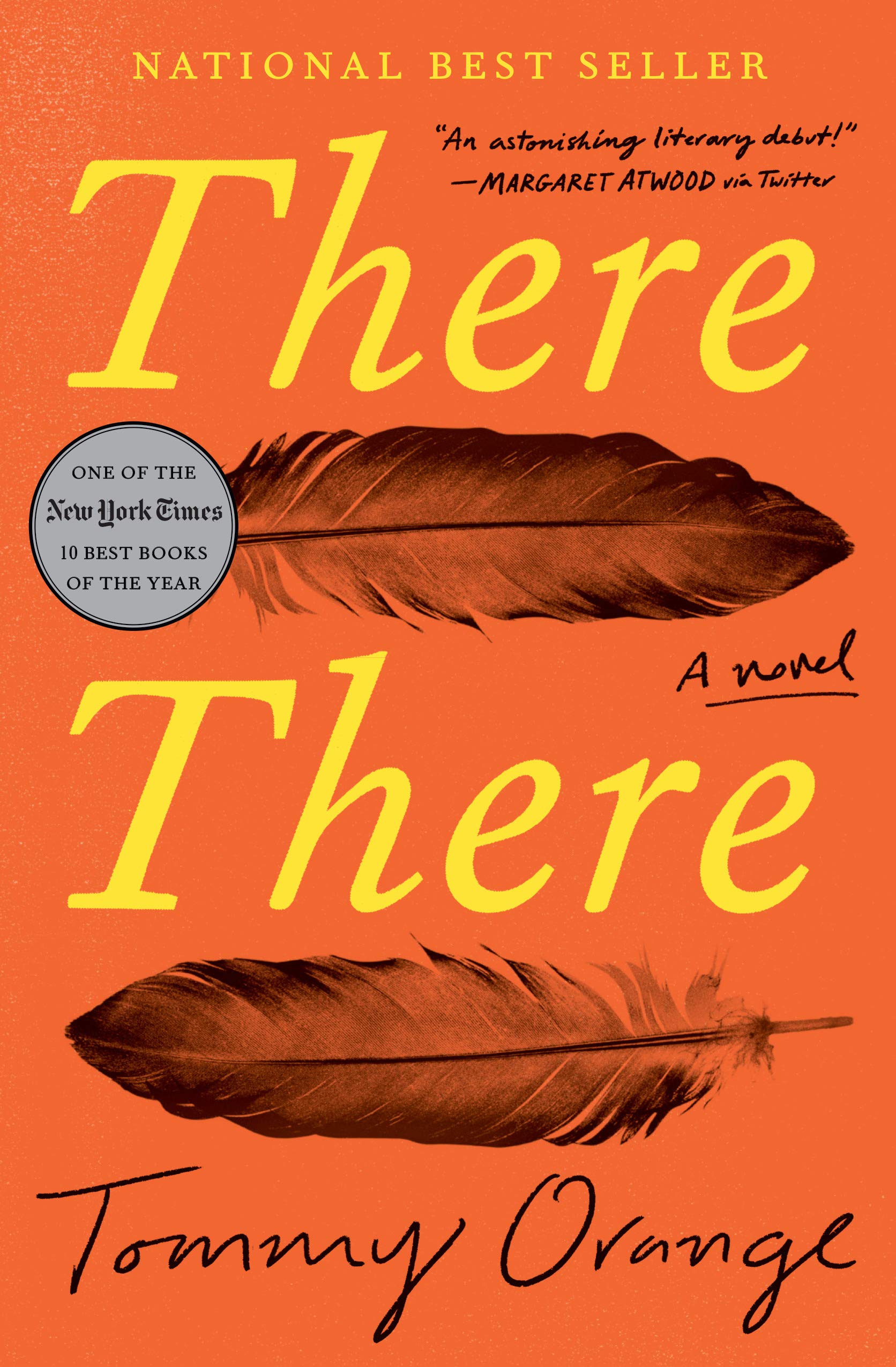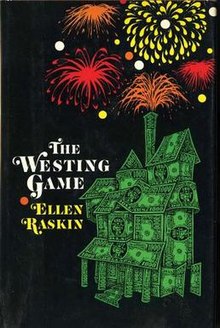
Little Fires Everywhere by Celeste Ng
What constitutes a family? When is a house a home – when is it something else? What constitutes motherhood – is it the act of giving birth, or the relationship that grows later?
Ng’s novel is concerned with all these questions and explores them through a narrative that has a good deal in common with a crime story.
The novel opens somewhere very near the end of the narrative. Various members of the Richardson family are in the crowd that has gathered to watch their house burn down. The children – Moody, Trip and Lexie – and their mother, Elena, all assume that the missing member, the fourth child, Izzy, has set the fire and they speculate about how much trouble she will be in when she returns from wherever she has disappeared to. Izzy has always been a difficult, rebellious child, but has never done anything this extreme before. While establishing this, Ng slips in the information that the Richardson’s tenants have moved out, dropping off the key that morning and driving off to parts unknown. In a tightly efficient 7 pages we are introduced to most of the important characters and set up our return to the beginning, when the tenants, Mia Warren and her daughter Pearl, moved in.
Over then next 300 pages that plot unfolds while the central questions about the nature of family love are explored. Pearl comes to befriend various Richardson children, drawn to the stable and prosperous house they live in, while Izzy is drawn to Mia Warren whose nomadic existence as an artist building her life around experience rather than material wealth is so different from Izzy’s experience. We learn a great deal about Shaker Heights, Ohio – a real life planned suburb of Cleveland, named by its founders because it is built on land that once belonged to the Shakers and – according to Ng, who grew up there – because the town aspires to live by principals of fairness and community inspired by the Shakers.
Ng is clearly having none of that. The matriarch of the Richardson clan, the indominatable Elena, appears immediately to be a kind of perfect suburban mother. Of course, we all know American culture well enough to know that perfect suburban mothers inevitably show themselves to be deeply flawed. We recognize her attitude towards Mia as paternalistic and condescending and we are prepared as Elena’s bad behavior becomes detached from the appearance of good deeds.
In the first half of the book, she is simply contrasted with the Mia Warren, whose art Ng describes in great detail. One woman has lived in this perfect community her whole life, has been deeply involved in her children’s lives and in the life of that community. She has built a beautiful home even while maintaining a career as a local reporter. The other has devoted herself to her art, moving about the country in search of new projects. Mia Warren has consciously avoided fame and material success and expected Pearl to adapt to this hard lifestyle.
We understand why Pearl is drawn to spend her afternoons on the Richardson’s large sectional couch watching Jerry Springer with Moody, Tip and Lexie, but we also understand why Izzy, who has never gotten approval or even respect from her mother, reverses Pearl’s migration and spends her afternoons with Mia, in the tiny, barely furnished apartment helping her with her photography and admiring Mia for sleeping on a mattress on the floor.
In the second half of the novel, a number of plot points sharpen the dialogue about family life that emerges from this contrast. First, the Richardson children begin to discover sex. There are secret affairs, a pregnancy, an abortion. Then the plan of one of Elena’s close friends to adapt an Asian baby is complicated by the impoverished but passionate mother’s reappearance. Now the characters are directly and explicitly debating what makes a family, what balance of material stability and maternal love is necessary? When Elena realizes that Mia is friends with Bebe, the birth mother of the little girl Elena believes must be raised by her friends on the wealthy side of Shaker Heights, and that Mia is influencing the thinking of her children, she decides to find out what secrets Mia has been hiding. This brings us to the series of conflicts that end with the house burning down.
Ng has a gift for plotting and character – there are small plot twists that complicate the action and our view of the actors impressively. Ng knows her setting and gives a highly detailed and caustic view of this community without directly criticizing it. She also embeds the important thematic questions within the plot and the characterization in a way that gives the novel heft without lecturing. While the reader is led to favor one side of the debate, the characters are left unsure of their views. Ng does a good job of deploying plot complications that also complicate the discussion of family ideals. While much of the prose is merely serviceable, there are moments of emotional power and I did come to care about these characters.
The disappointment in the novel is in the ending. Spoiler alert: while for much of the novel I was thinking that there would be some reveal to explain why someone else set the fire, Izzy is the arsonist. Part of my thinking was influenced by the fact that Izzy is not that important a character. She is the least of the Richardson children not only in her mother’s judgmental view, but in the eyes of the reader who spends more time and energy following Lexie, Trip, Moody and Pearl. For most of the novel, Izzy is a fifth wheel. In the end, her anger is believable, but her decision to destroy her family home and run away – she thinks she will catch up with Mia and Pearl and live with them – is too big an action for her character. It is also too big an action for this family’s dynamic. In the beginning and the end, Trip, Lexie and Moody sit atop Trip’s car watching firemen fail to save their home and everything they own. They talk about how mad their mother is going to be in the tone one might use if your sister took the car without permission or failed a math quiz. Until that point, Izzy has been rebellious and obnoxious, but has not been seen as a danger to the community. So in an odd way it is fitting that her family still doesn’t treat her as needing serious help, but to the reader this is not believable. It simply doesn’t fit the setting Ng has built.
There are other quibbles – I am not convinced the descriptions of Mia’s art work achieve the weight and meaning that Ng is going for; some of the criticism of planned suburban communities are a little easy. But I read Little Fires Everywhere eagerly, with the kind of propulsion I put into murder mysteries. It is a page turner; unfortunately, the final pages are less worthy of being turned than I had hoped.











